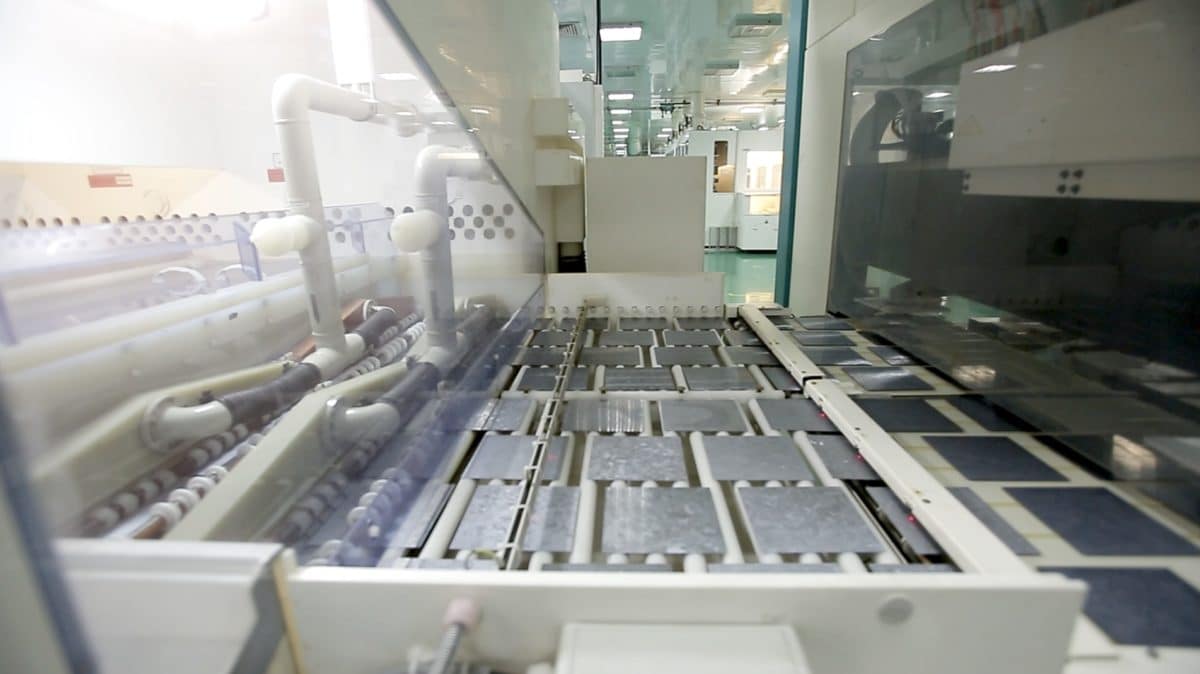India Ratings and Research (Ind-Ra) has estimated the production-linked incentive (PLI) scheme by the Ministry of New and Renewable Energy (MNRE) could facilitate an additional 8-12GW annual solar cell/module manufacturing capacity in India.
The scheme provides an INR4,500-crore ($613 million) outlay for the beneficiary manufacturing facilities, which shall be distributed based on their production and sales over a five-year period from commissioning.
The scheme provides an incentive for up to half of the planned output of the facility set up by the winning bidder. This means it will benefit 4-6 GW of sales annually over five years from commissioning the beneficiary manufacturing facilities, or 20-30 GW across the five-year implementation period.
This estimate assumes localization to be between 65% and 100%, base PLI rate of INR2.25 (US$0.031) per watt power, and entirely greenfield expansion (new ventures executed from scratch).
According to India Ratings, the scheme is a good start, but it supports just a fraction of the incremental demand till FY2030. India has set a target to install 280 GW of solar power plants by FY2030, out of which about 240 GW is under pipeline or yet to be implemented. As estimated by India Ratings, the scheme will provide incentives to the beneficiary facilities for an aggregate sales of 20-30 GW over a five-year period, which is just 8%-13% of the 240 GW planned requirement till FY30.
Consolidation in offing
The scheme could lead to more sector consolidation (from the current 15-20 players with significant capacities) to benefit from the economies of scale and requirement of minimum capacity to benefit from the scheme.
“Higher scales and backward integration, as stipulated by the scheme, will require much larger investments into the sector, resulting in near-term natural consolidation, as small players who cannot benefit from the scheme will become uncompetitive compared to both domestic manufacturers benefitting from the PLI scheme and imported cells/modules,” India Ratings stated.
As per the Scheme, bidders will have to at least manufacture solar cells from outsourced wafers domestically to avail of incentives. Preference will be given to more backward integrated players till the most primary stage of manufacturing polysilicon from silica. At least 1 GW of manufacturing capacity will need to be established on the scale side. PLI will be calculated on annual sales up to 50% of manufacturing capacity or 2 GW, whichever is lower, so that at least three players can be accommodated within the allocated amount.
Strict timelines, a challenge
On the flip side, the scheme may lose out on its intended purpose for the level of backward integration, given the strict timelines for implementation.
“Winning bidders may lose on the committed timelines in case they slip on the commissioning timelines of 1.5-3 years from the date of PLI sanction (depending on the level of backward integration),” said India Ratings.
“Moreover, the PLI benefit will be available till five years from the scheduled date of commissioning only, meaning that winning bidders will be at risk of losing the benefit of the scheme if they overcommit on the level of integration,” it said, adding that “backward integration may take some time, given the already established procurement contracts and supply chains internationally.”
Given the strict penalties, players may want to play it safe and commit less on the integration part under the current allocated amount—which defeats the main intention of the scheme.
In a nutshell
According to India Ratings, the scheme is a shot in the arm and the much-required step to tackle import requirement and bring it down from 90% import requirement levels to 64%-74% on an average till FY30.
However, it feels the amount under the scheme will have to go significantly up if India has to reduce its import dependence any further, assuming the ‘280GW by FY30’ solar target.
This content is protected by copyright and may not be reused. If you want to cooperate with us and would like to reuse some of our content, please contact: editors@pv-magazine.com.









2 comments
By submitting this form you agree to pv magazine using your data for the purposes of publishing your comment.
Your personal data will only be disclosed or otherwise transmitted to third parties for the purposes of spam filtering or if this is necessary for technical maintenance of the website. Any other transfer to third parties will not take place unless this is justified on the basis of applicable data protection regulations or if pv magazine is legally obliged to do so.
You may revoke this consent at any time with effect for the future, in which case your personal data will be deleted immediately. Otherwise, your data will be deleted if pv magazine has processed your request or the purpose of data storage is fulfilled.
Further information on data privacy can be found in our Data Protection Policy.